Rare Cobblestone Church on Market Highlights Unusual Upstate Building Style
Texturally delightful, with rows of cobblestones rippling across the facade, this former church in Ontario County is an intriguing bit of New York architectural history.

Texturally delightful, with rows of cobblestones rippling across the facade, this former church in Ontario County is an intriguing bit of New York architectural history. Between the 1820s and the mid 1860s, builders in the area used what was plentiful — small, rounded stones — to build houses, churches, schools, and other structures.
Completed in 1835 as the Second Baptist Church and turned into a residence in the 1950s, this house on the market at 1070 County Road 27 in Clifton Springs needs more than a bit of TLC on the interior. However, its unusual qualities make it quite the alluring project for the right old-building lover.
A vernacular Greek Revival-style building, the front-gabled structure has a range of sizes and colors of stone enlivening its facades, and limestone slabs are fashioned into quoins at the corners. The windows have simple stone lintels and sills, and the front door — placed in the center of the symmetrical main facade — has a large plain stone lintel.
A study of cobblestone buildings in New York published in 1966 by Carl F. Schmidt identifies the mix of materials of this specific structure as mostly fieldstone cobblestones, roughly shaped by glacial action, and a smattering of lake stones, smoothed by water to a more rounded shape.
While exact methods of construction changed over the decades, according to the Albion, N.Y.-based Cobblestone Museum, an estimated 1,000 to 1,200 cobblestone structures were built in the 19th century. While the majority of the surviving buildings are found in the counties near Rochester, N.Y., examples can also be found in states to the west, like Wisconsin and Michigan, and just over the border in Canada. To illustrate where cobblestone structures are located, the museum maintains a clickable map of properties in New York and an info database of examples across the country as well as an extensive list of resources. For even more images of everything from schoolhouses to smokehouses, the blog Cobblestones of North America has a wealth of contemporary and historic images.
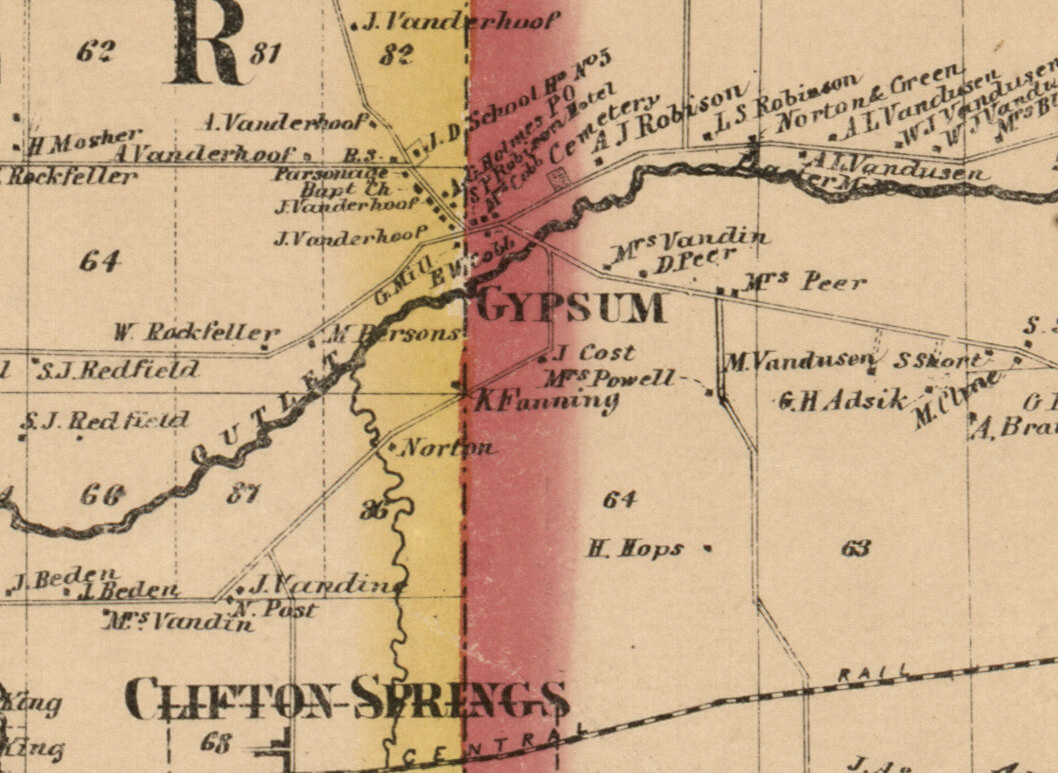
In an exploration of the unique style, early 20th century writer Christina Livingston Rose evocatively described the stones as “shingles from the shores” of Lake Ontario. She chatted with a number of cobblestone-building occupants about the folklore surrounding their houses for a 1917 Country Life article and expressed some firm opinions on the style. The buildings should be ivy covered, she declared, so the soft colors of the stones could be glimpsed through the vines for an effect “similar to that of a Persian rug.” One building she recommended be given the vine treatment appears to be the Second Baptist Church. A picture used to illustrate the article looks remarkably like the church, but with its steeple still intact.
At the time of the article, the congregation was still worshipping in the space, and just a few years prior, the building had received some repairs, including a new roof. It had already gotten some decorative upgrades in 1885 in the form of frescoing and graining on the interior.
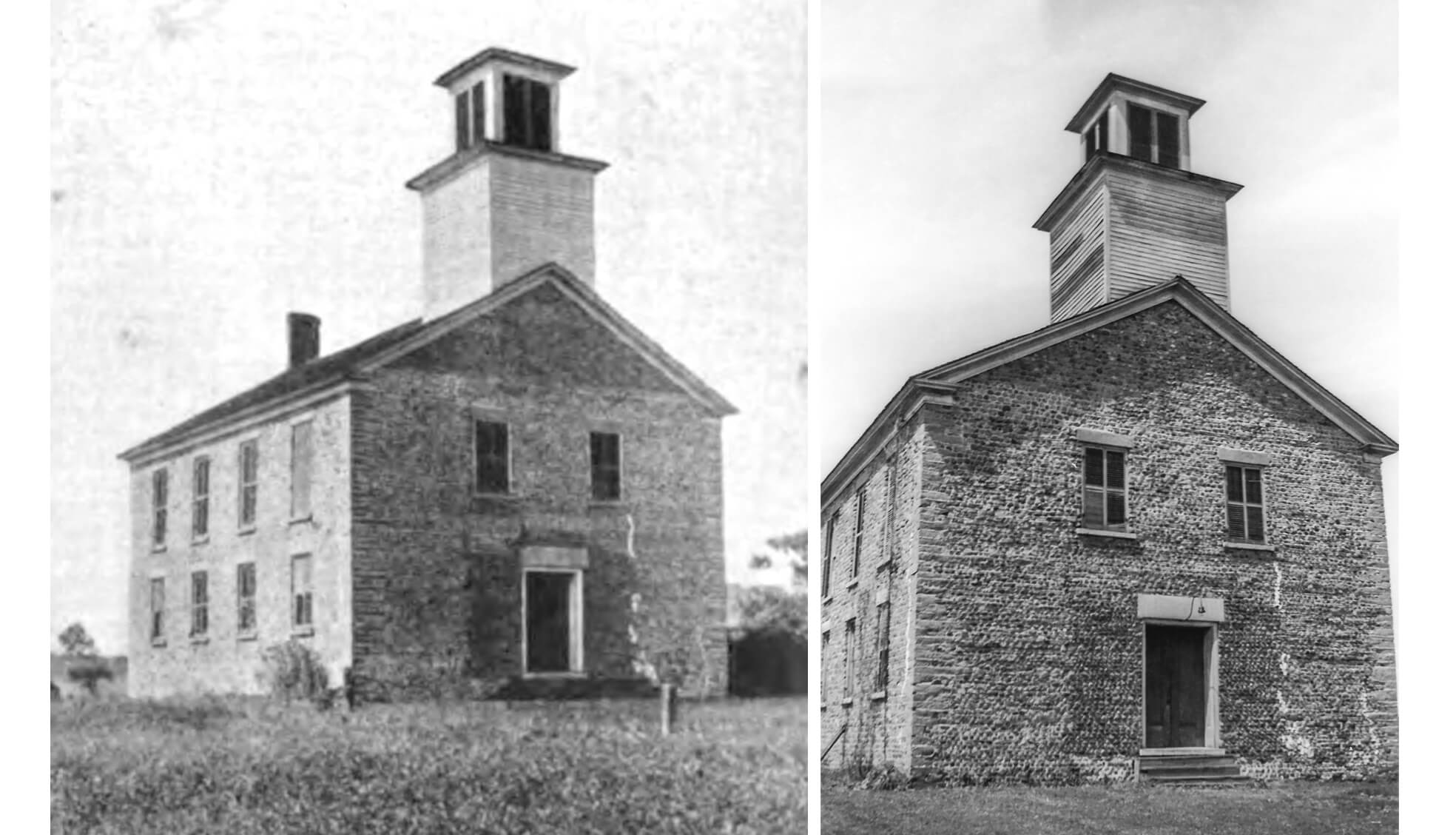
The congregation itself dates to much earlier, according to local histories. It was founded in 1813, and funds were raised beginning in 1833 for the creation of a permanent worship space for what was then known as the Second Baptist Society of the Town of Phelps in Plainsville, N.Y. The little hamlet was renamed Gypsum, and later in the 19th century most newspaper mentions of the structure refer to it as the Gypsum Baptist Church.
The congregation, which in the 20th century had transformed into the Gypsum Gospel Mission, sold the building in 1940 to the What-So-Ever-Circle of the King’s Daughters, a philanthropic group which had been holding meetings in the church for years. Historic images show that the church steeple was still intact at the time of their purchase. Notices in local papers reported on the chicken dinners, domino parties, and bazaars held in the former church and on the grounds.
They sold the property in the 1950s and the new owners set about transforming the church into a residence. At the time of Carl F. Schmidt’s 1966 study he indicated the building was purchased “about 10 years ago” and the owners were still in the midst of transforming it into a home.
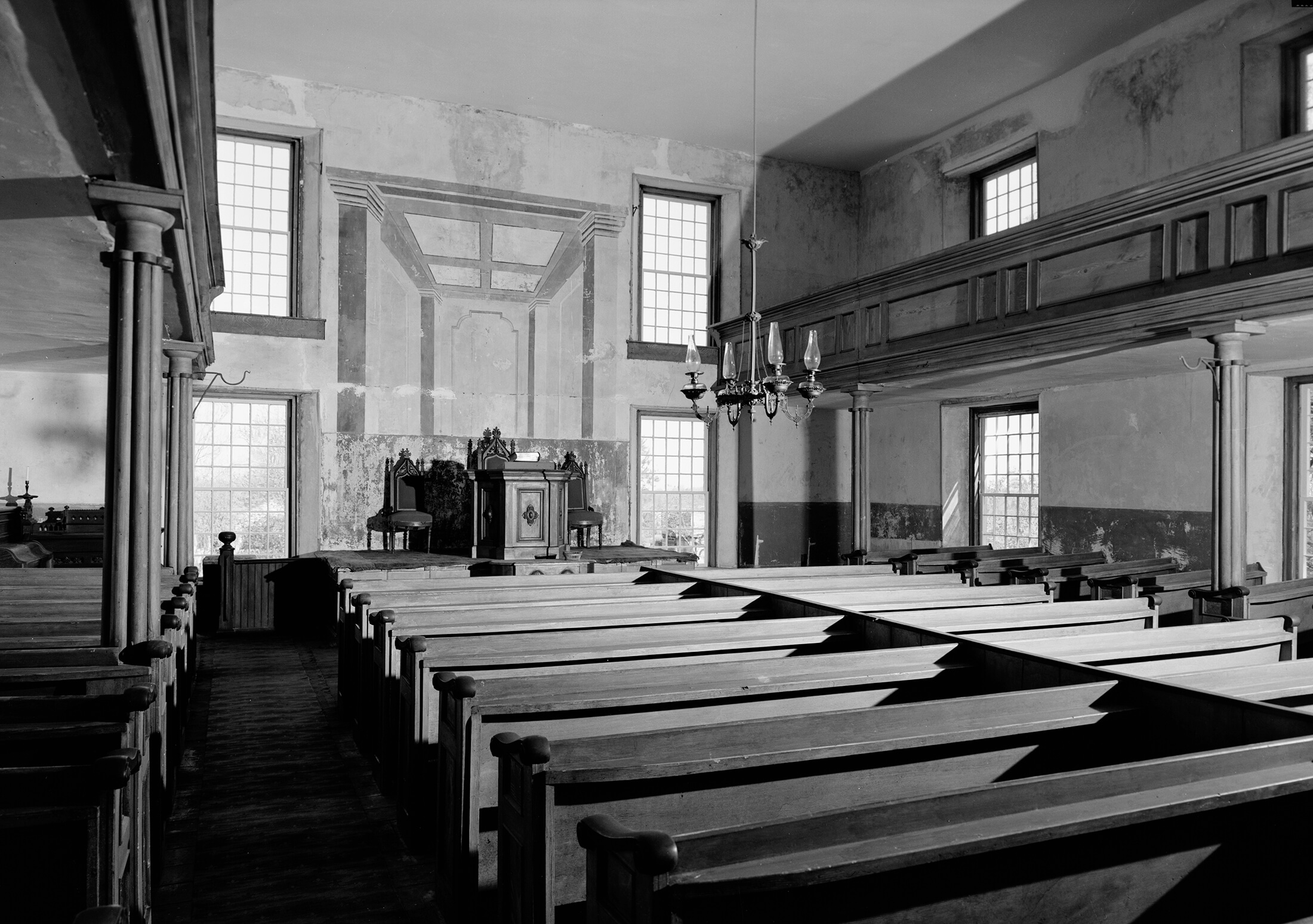
There are some glimpses of the 19th century details to be found on the interior, including a portion of the original worship space with wide-plank floorboards. It is possible to visit an intact cobblestone church from a similar era for some design inspiration. The First Universalist Society church in Childs, N.Y., now part of the Cobblestone Museum, was completed in 1834 and has an interior arranged as it would have been in the 1880s. Here too the original tower was removed, but a reproduction was installed in 1966.
The rest of the house on the market has been carved into living space with a mix of carpet, tile, and wood floors, baseboard heating, and a definite need for someone with a design vision to bring some beauty back to the space. A screened-in porch was added to the rear of the building, but that appears to be the only significant addition.
According to the listing, the roughly 3,000-square-foot house has three bedrooms and one bath. It is being sold “as is” and “where is.”
The building sits back from the road on less than one quarter of an acre. There isn’t a garage, but there is a small shed on the property.
Not far away from the house are some other cobblestone survivors. Across the street is the former District 11 Schoolhouse, constructed in 1848, and down the road in Phelps a small farmhouse.
Listed with Tamarah Dewolf of Cornerstone Associates Realty, the former church at 1070 County Road 27 is priced at $89,900, a recent price drop from $99,900.
Related Stories
- Diminutive Cold Spring Second Empire Cottage, Yours for $795K
- Publisher’s Petite Italianate Near Newburgh’s Historic Downing Park, Yours for $399K
- Stay in School With a Home in a One-Room Schoolhouse, Starting at $169,900
Email tips@brownstoner.com with further comments, questions or tips. Follow Brownstoner on Twitter and Instagram, and like us on Facebook.

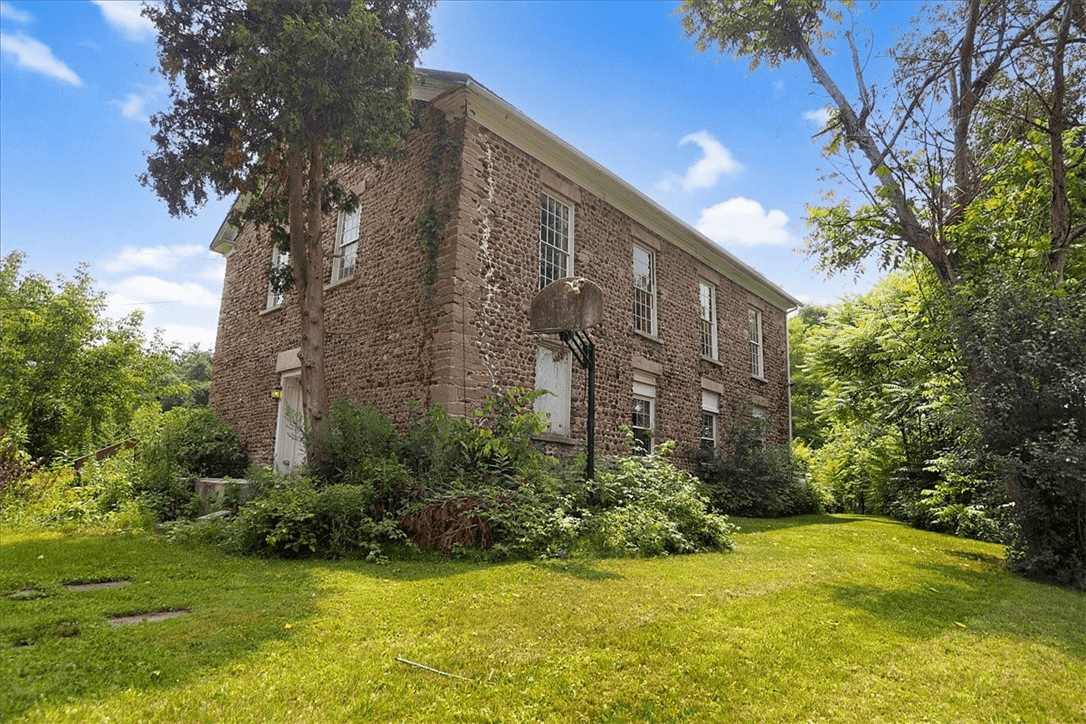
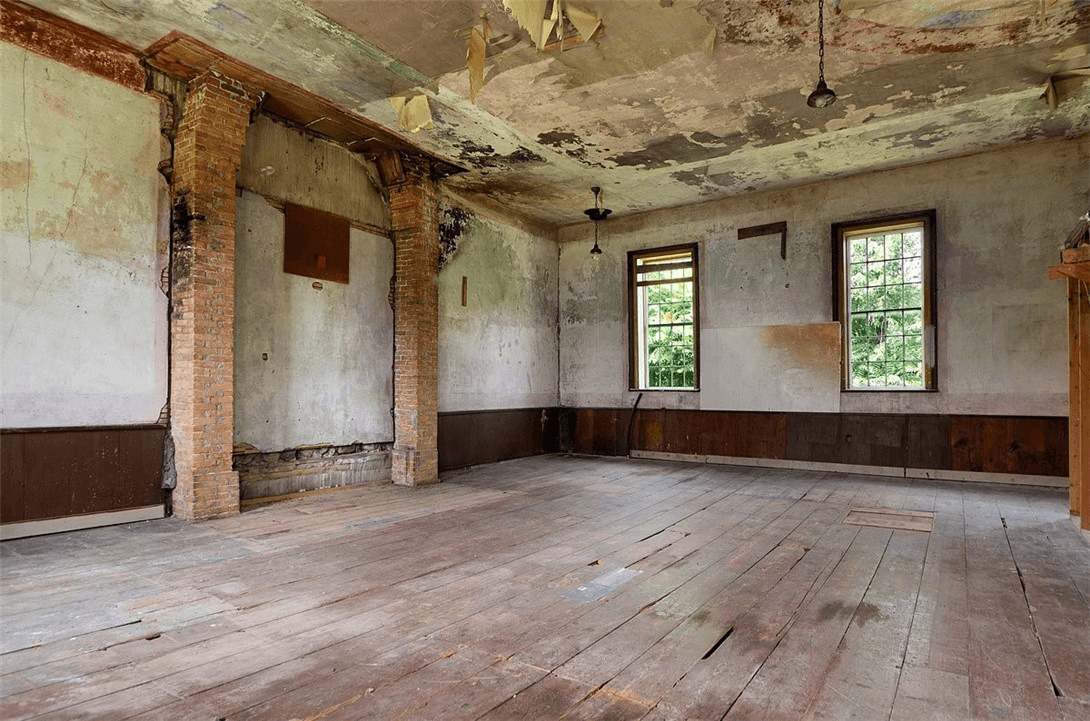
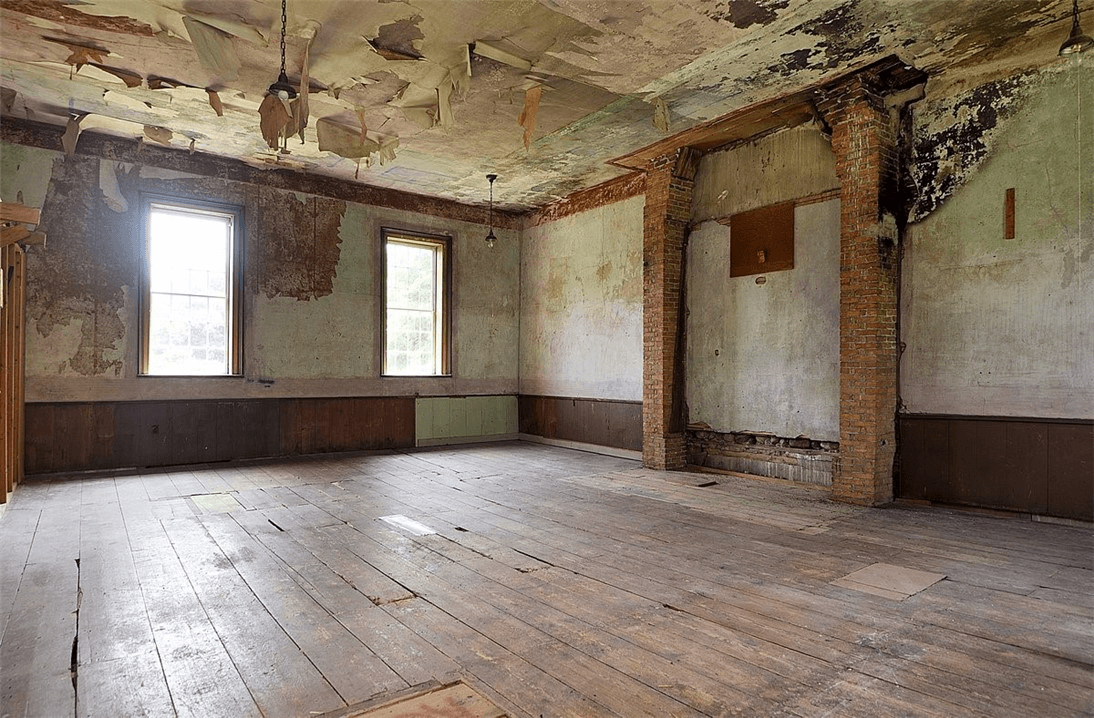
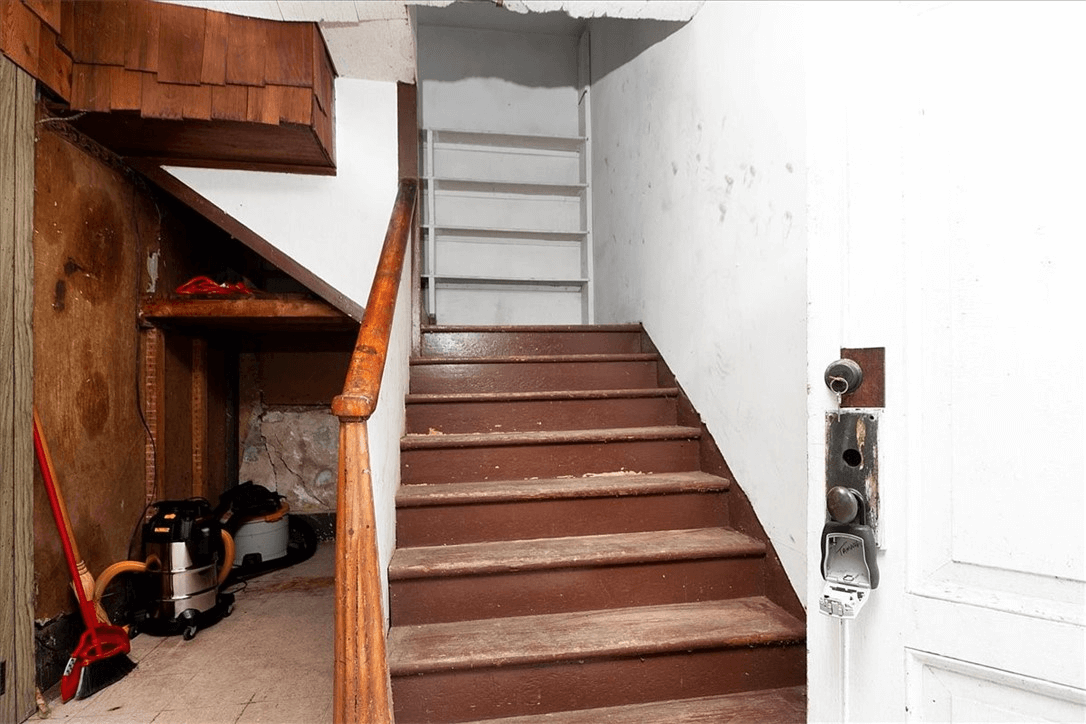
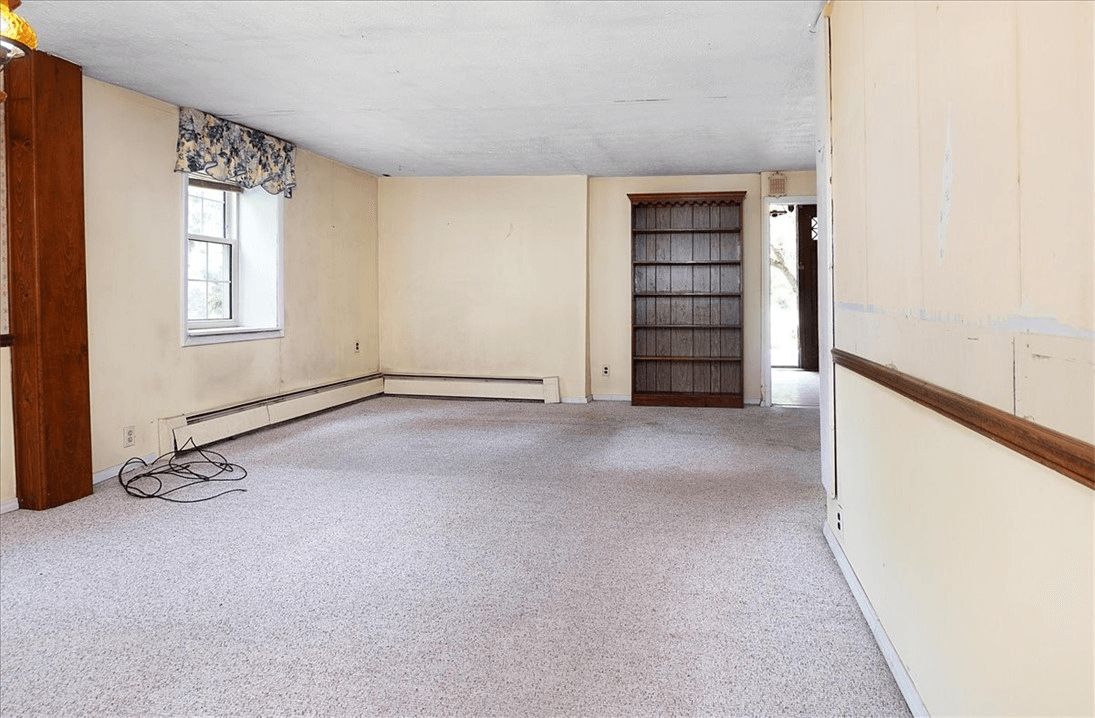
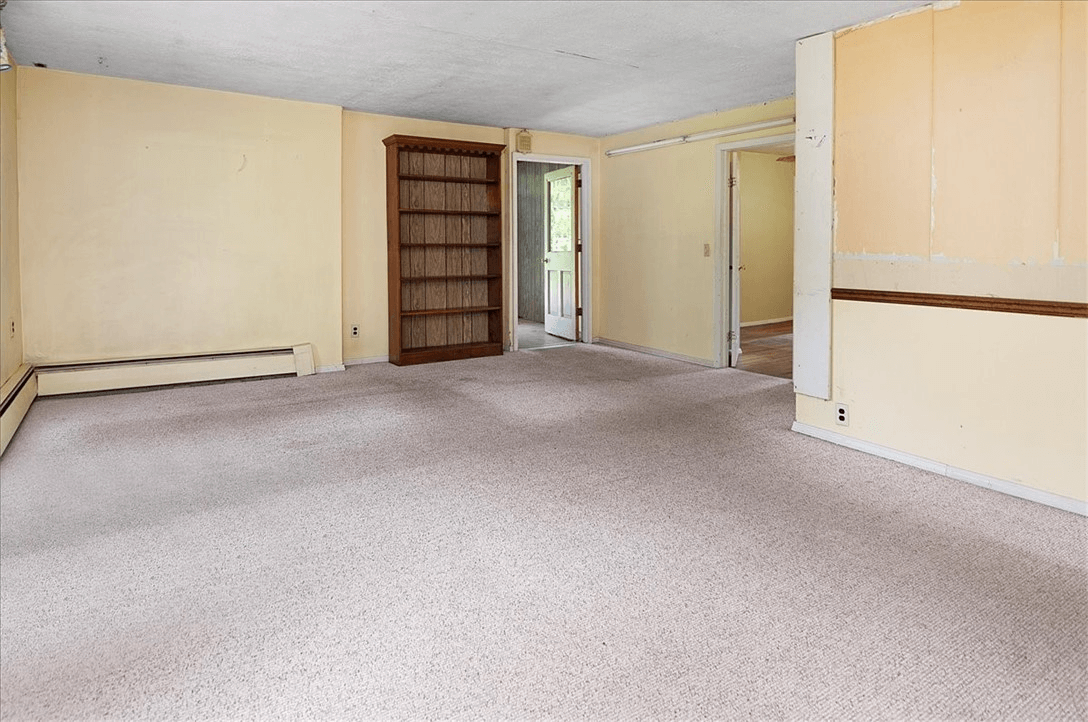
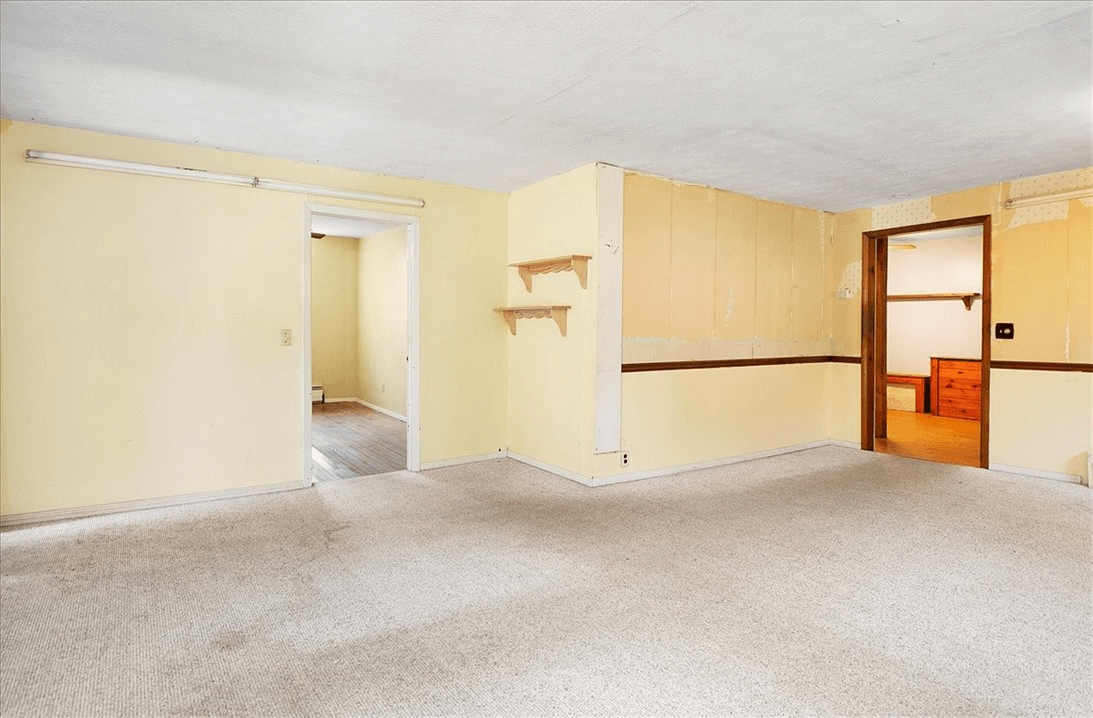
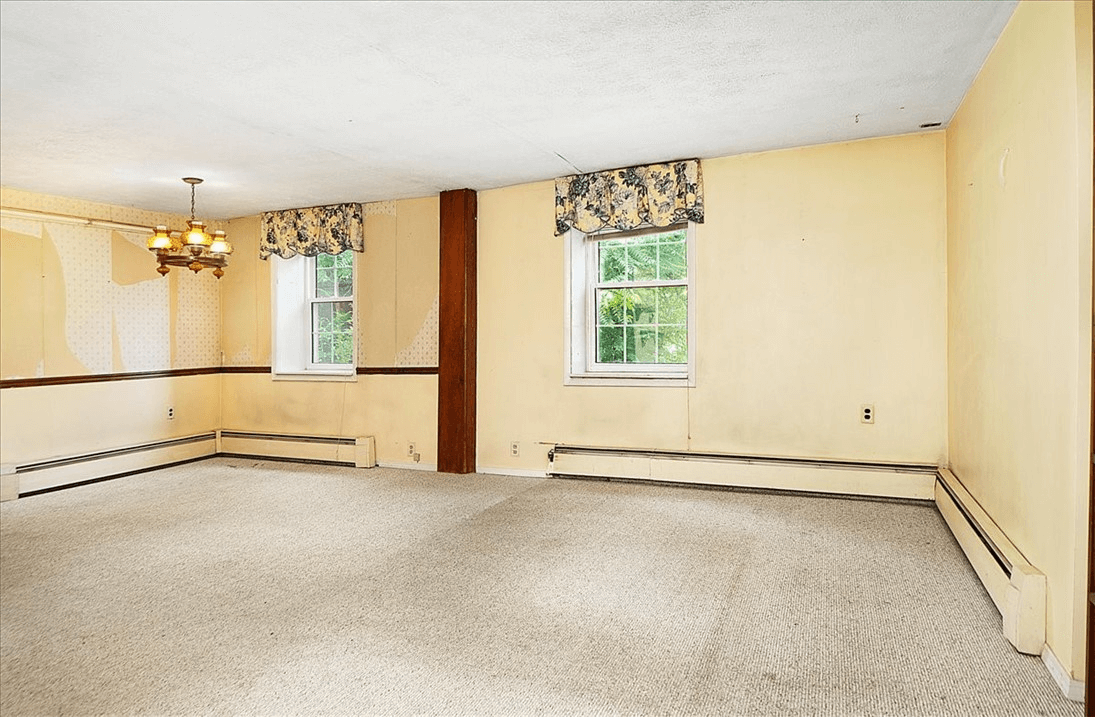
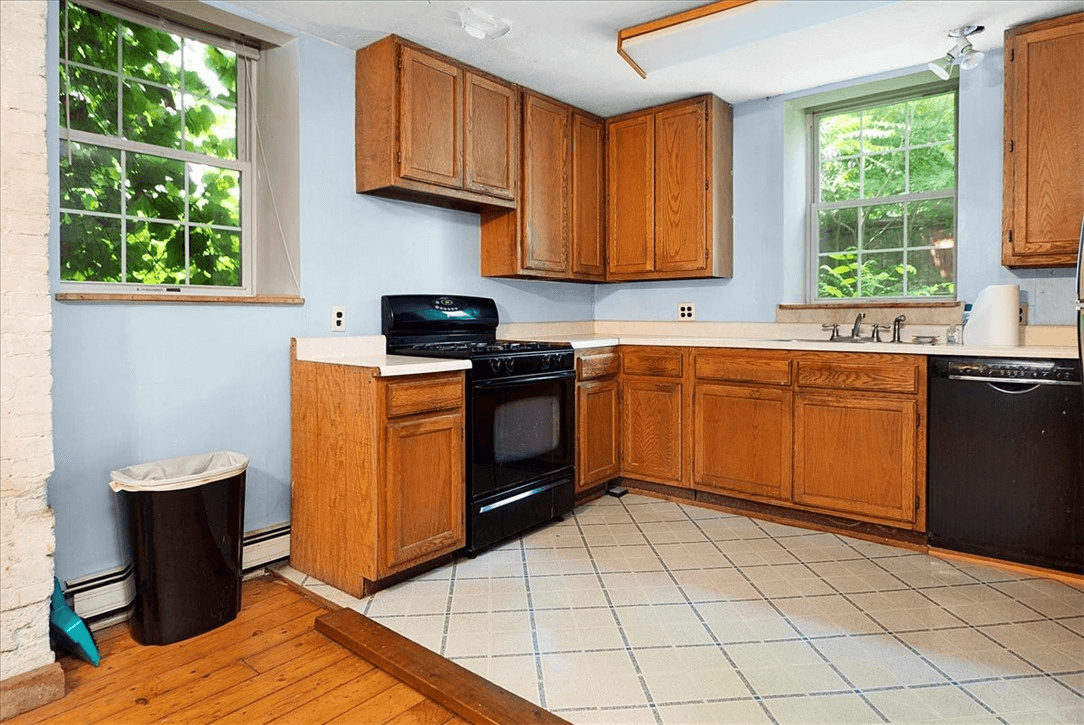
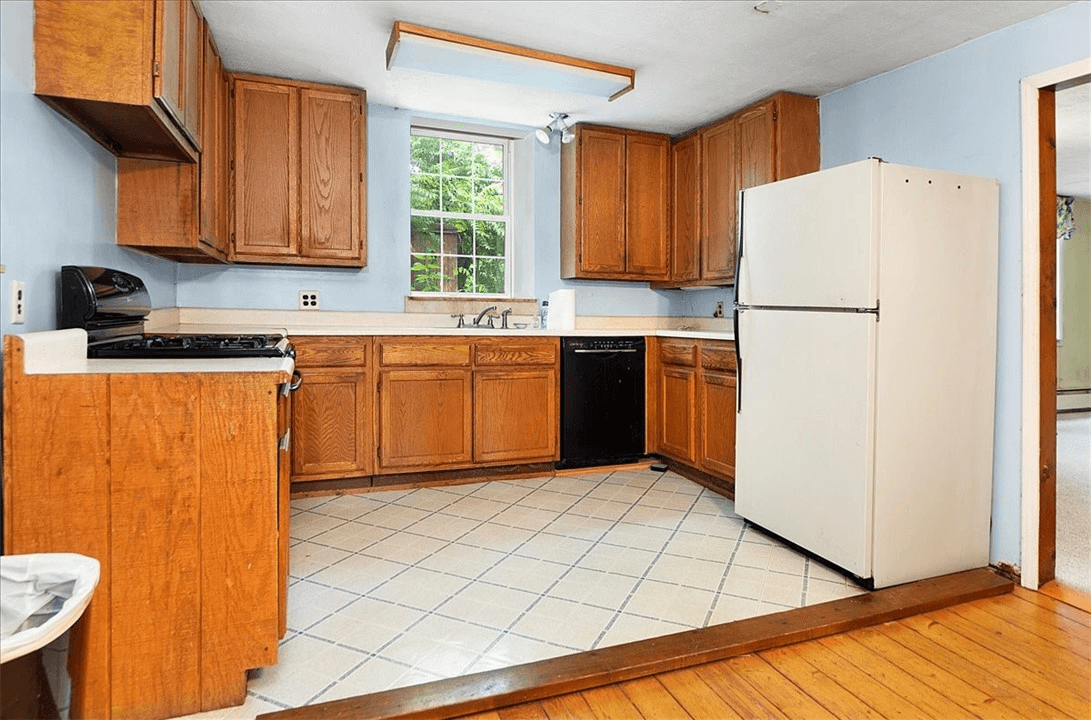


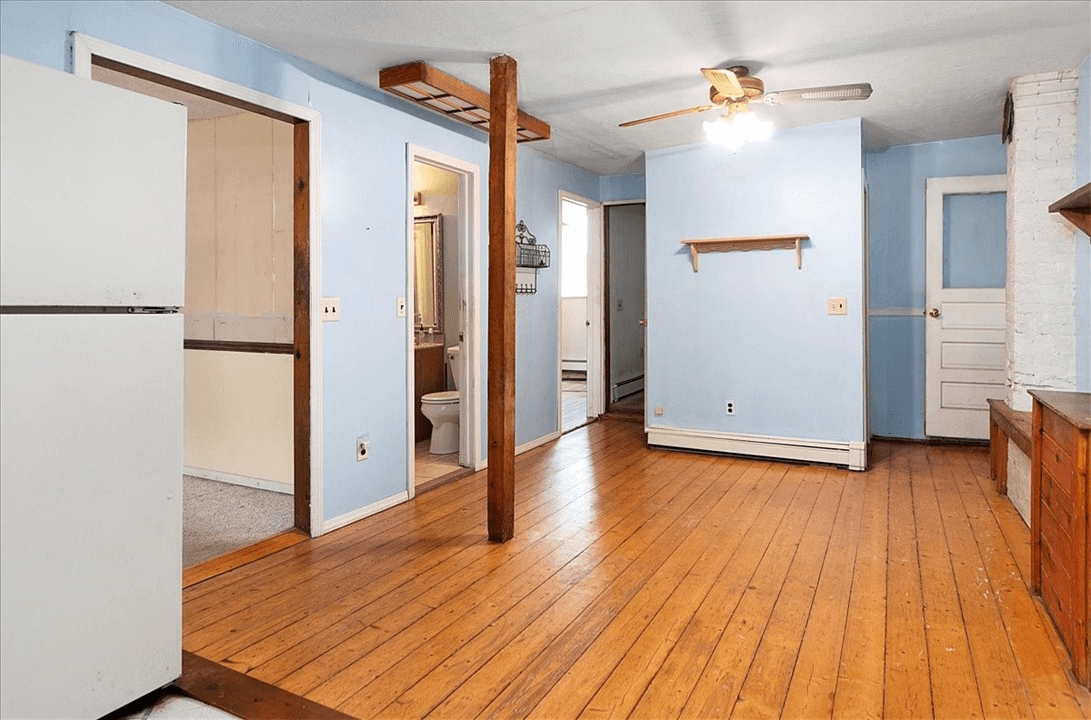
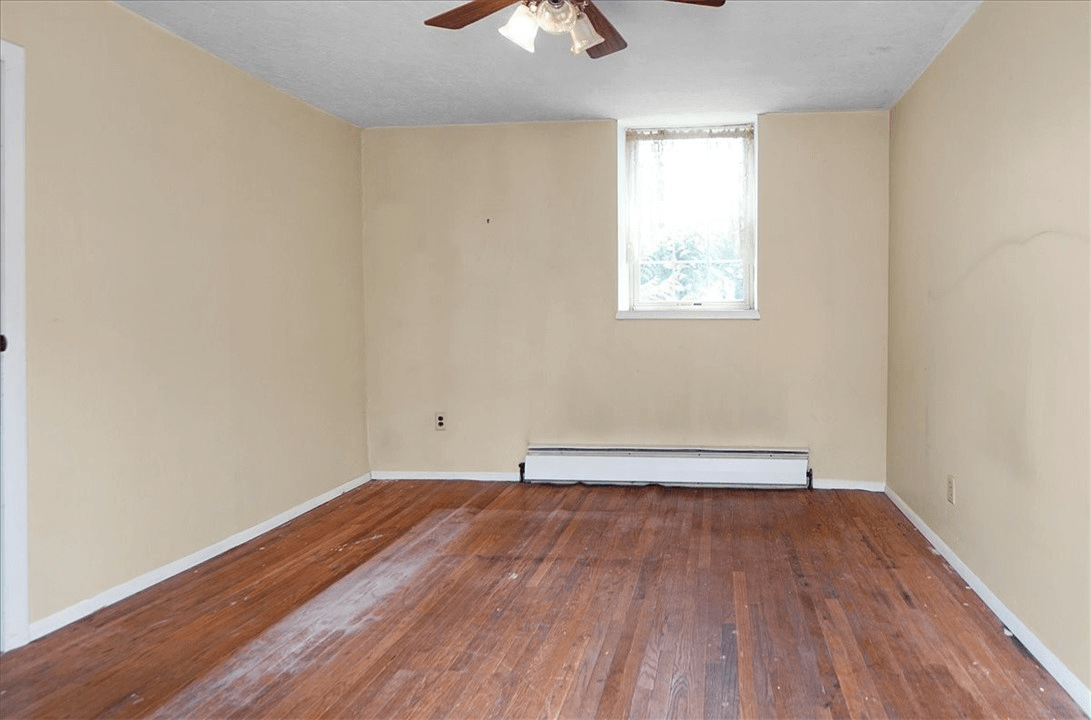

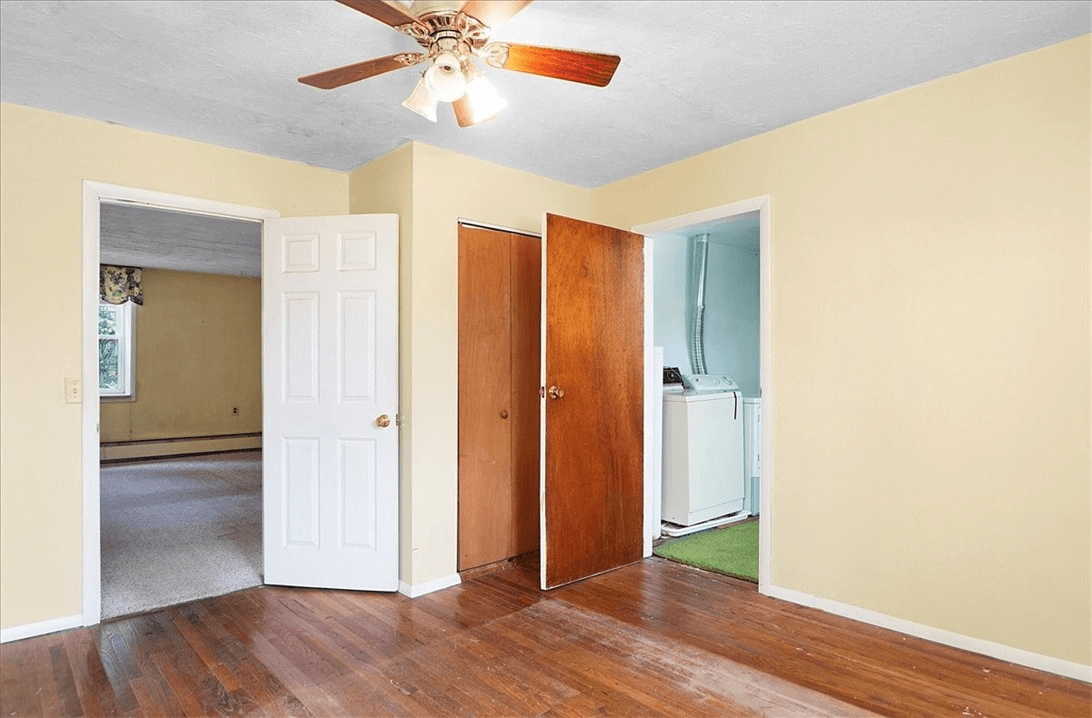
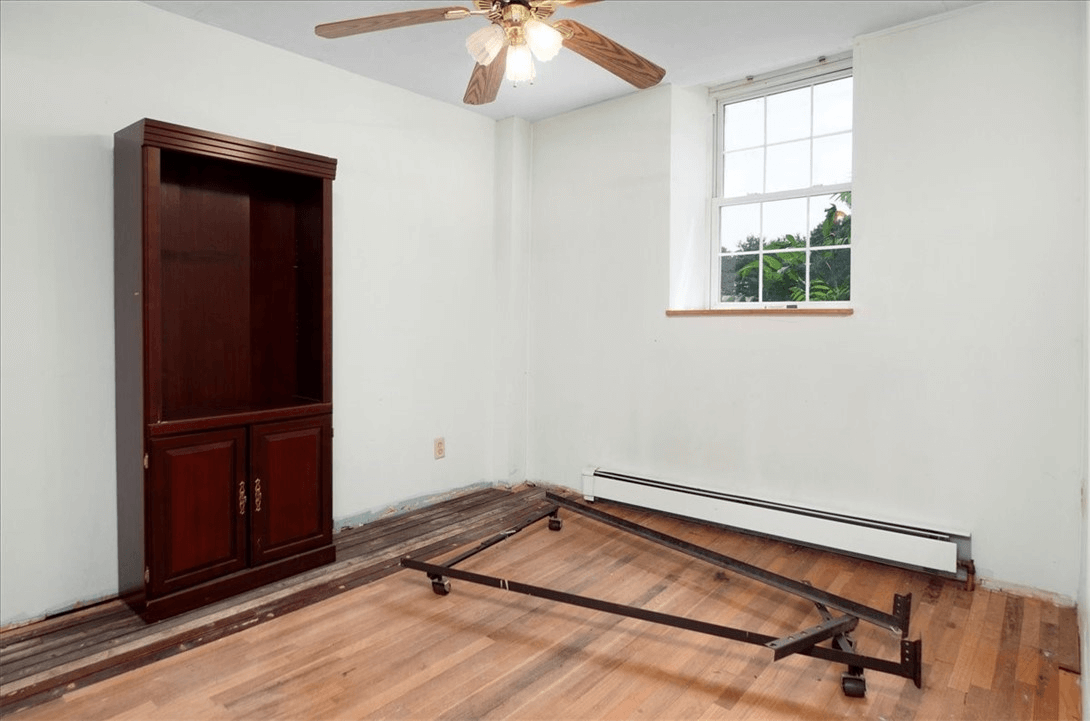
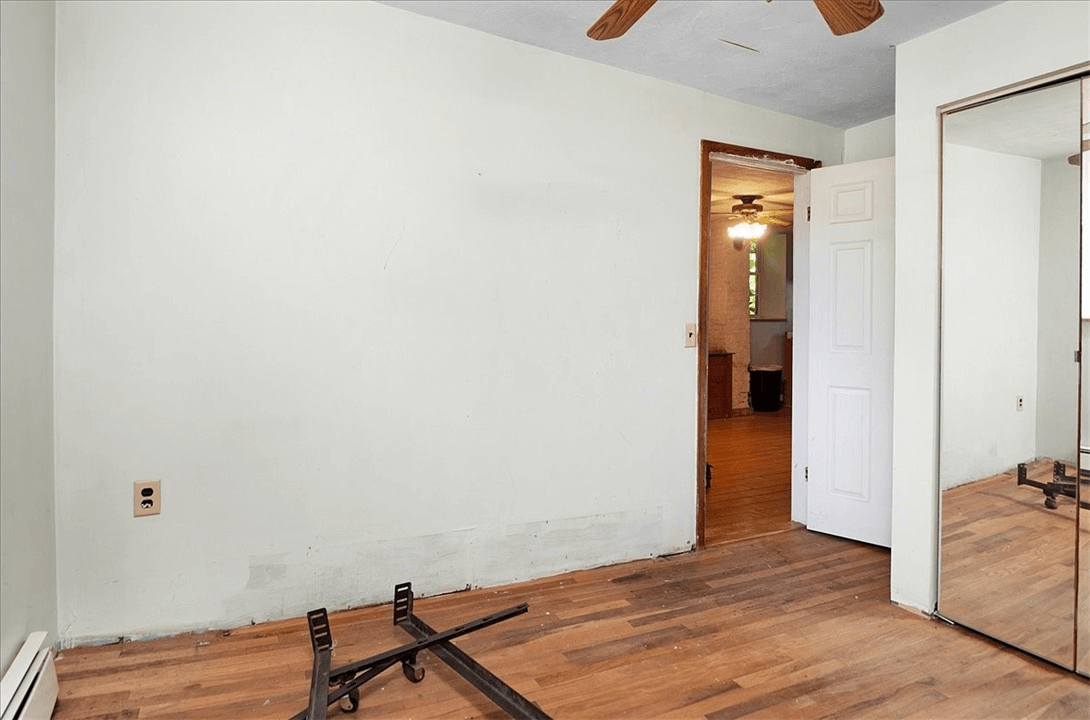
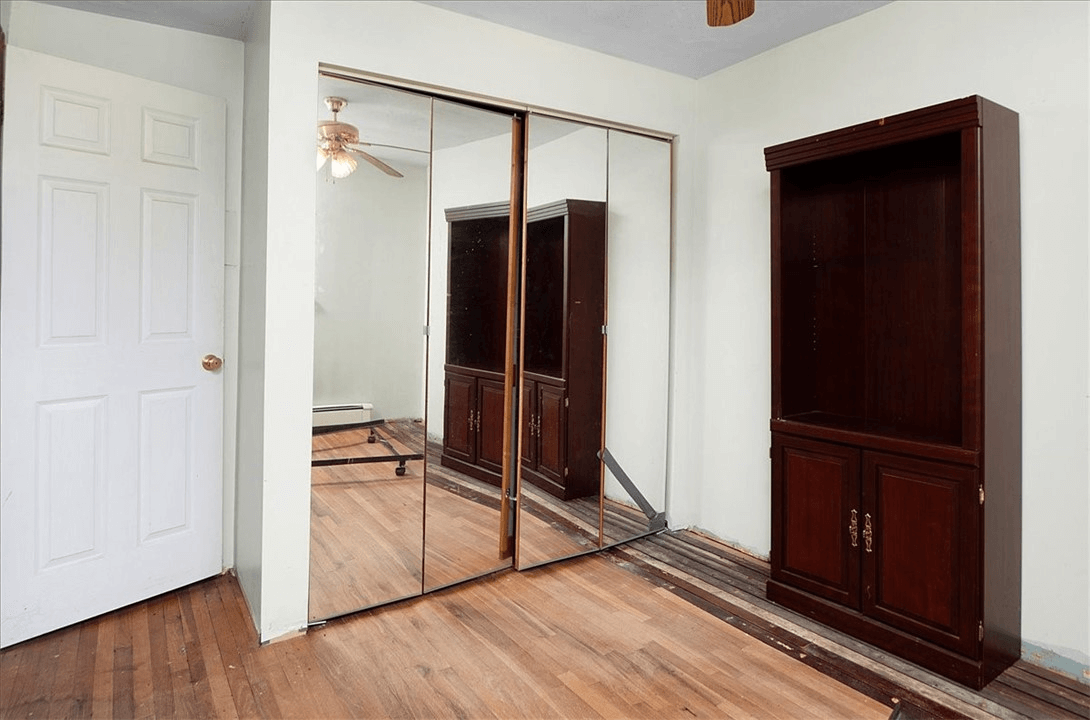
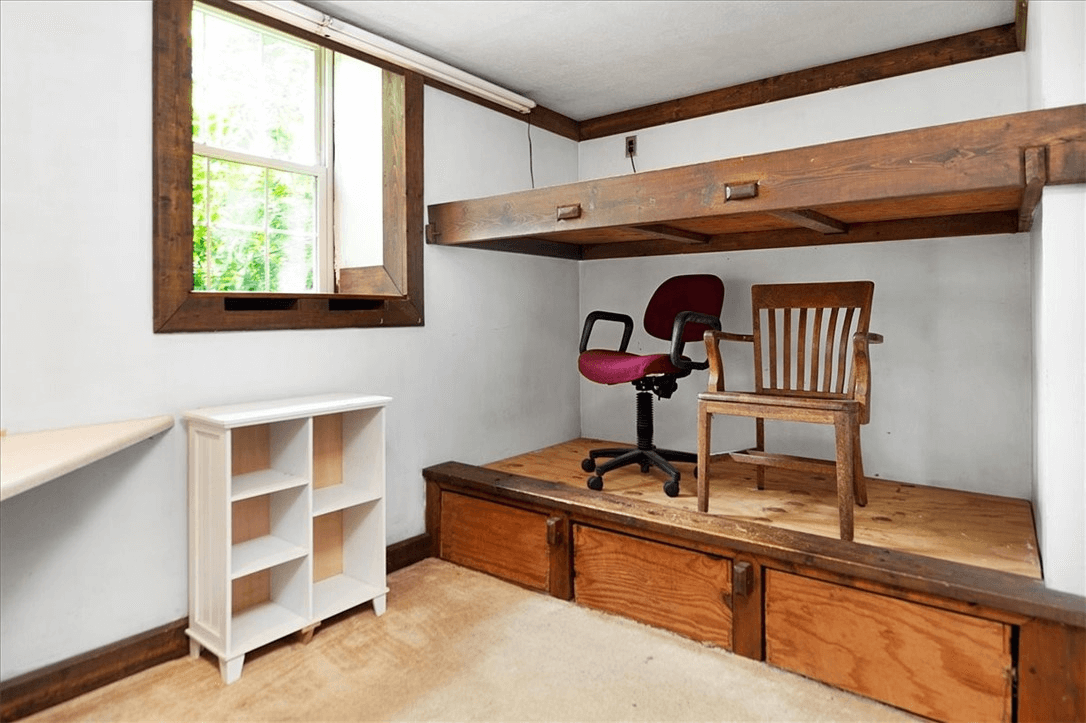
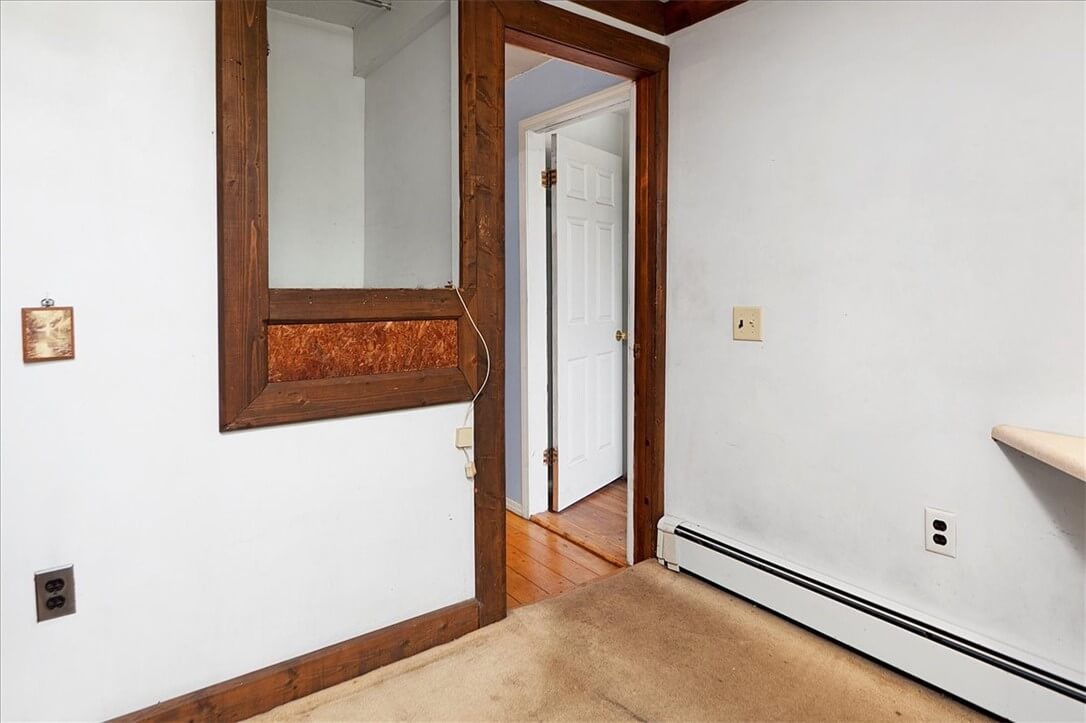
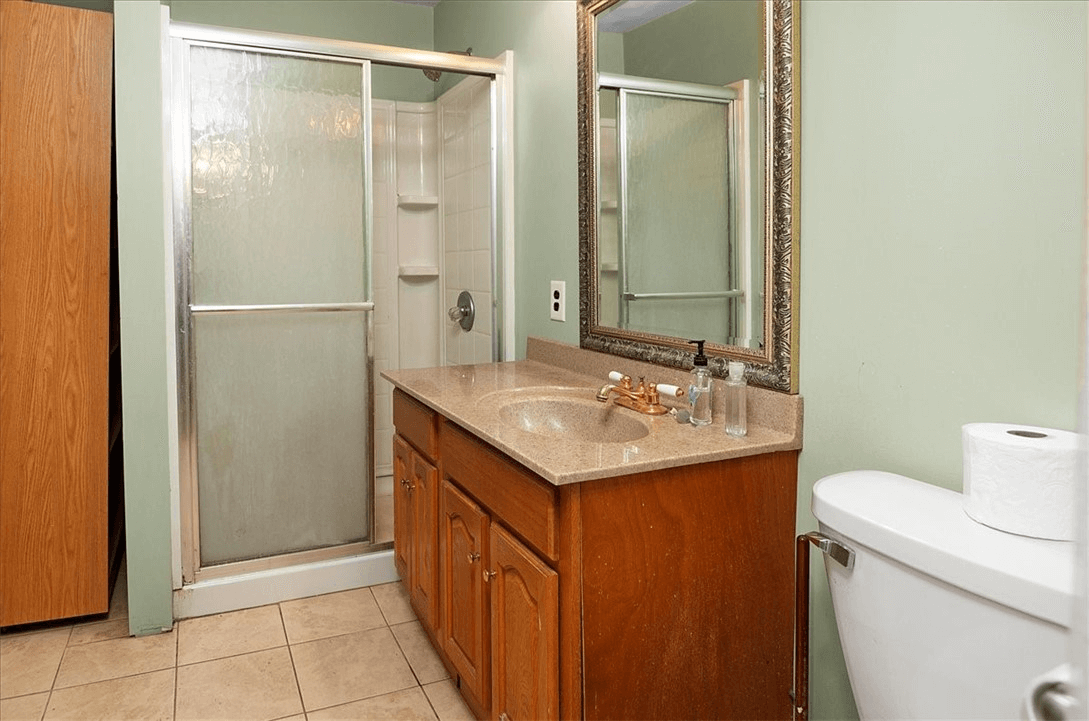
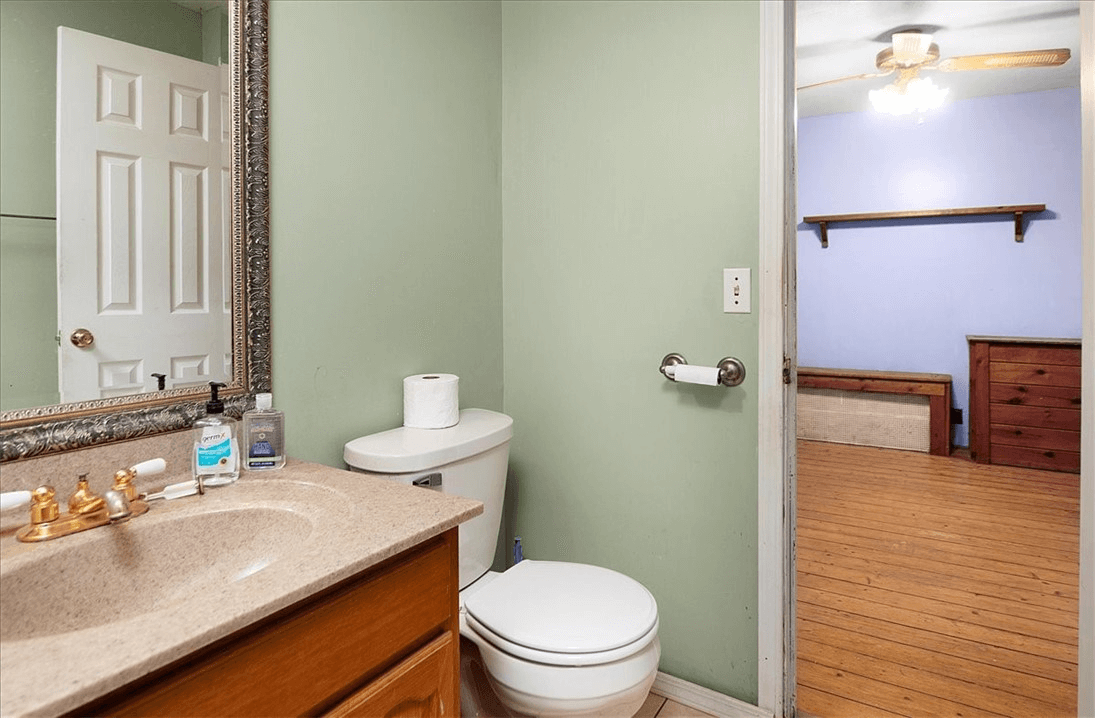

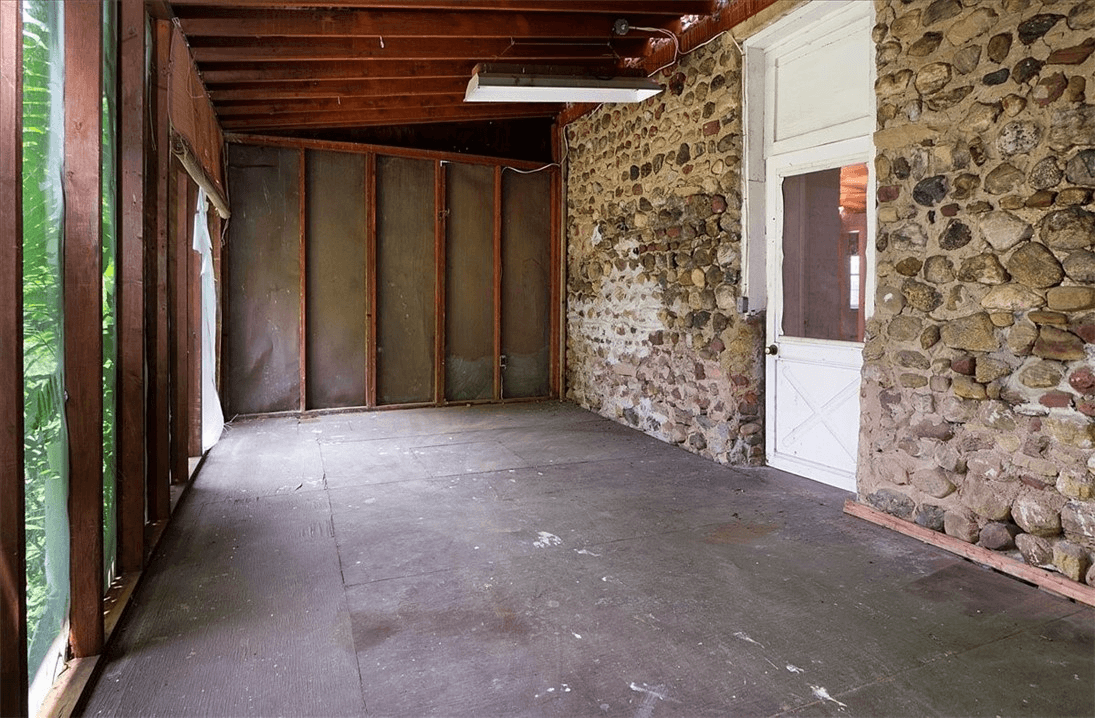
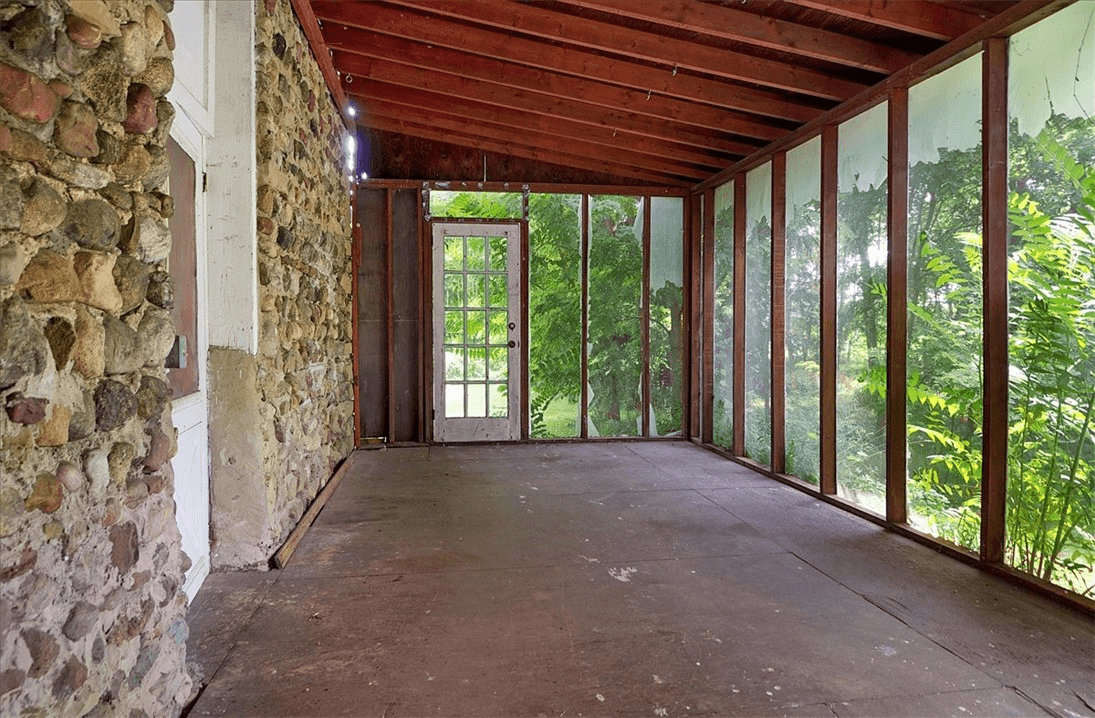
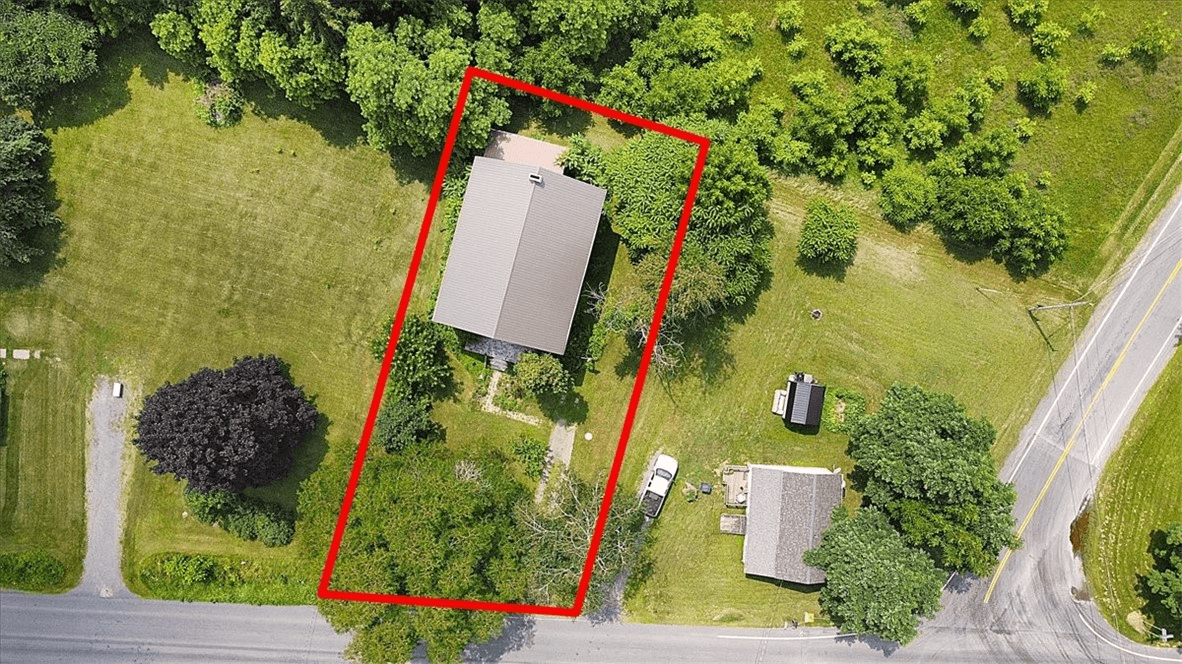
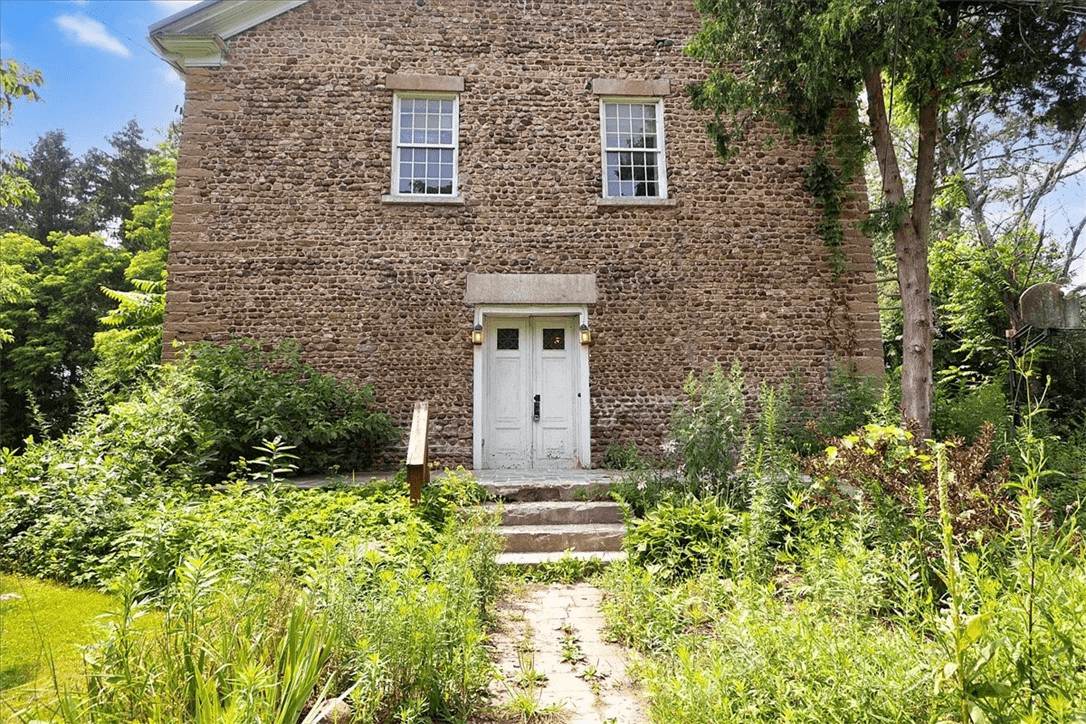
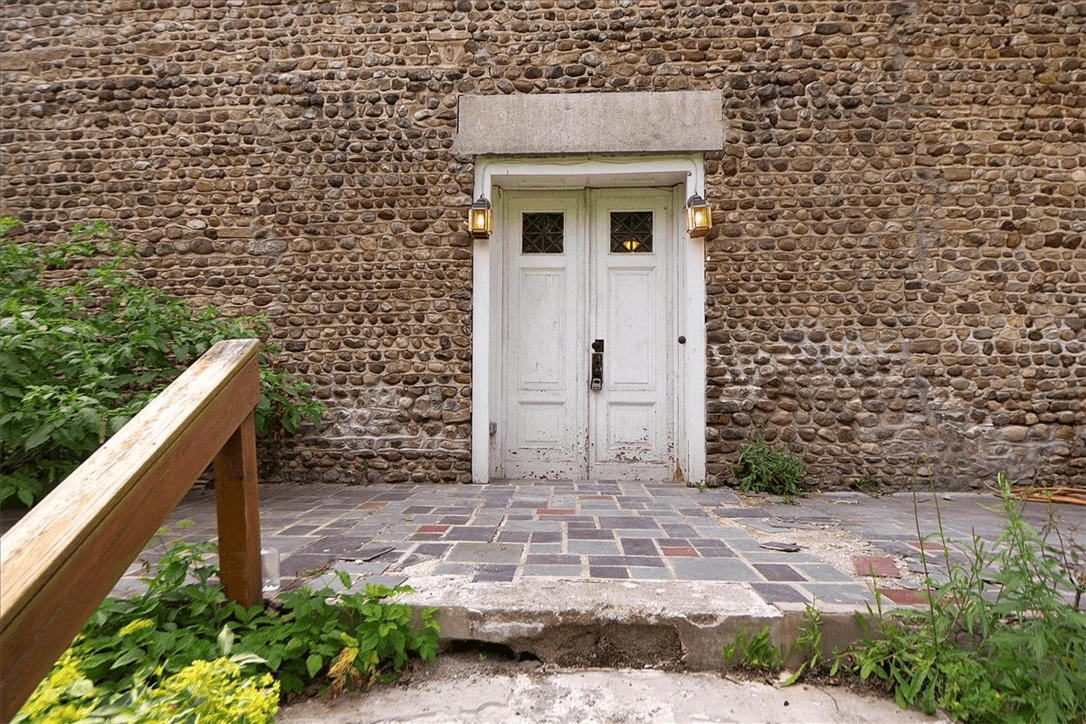
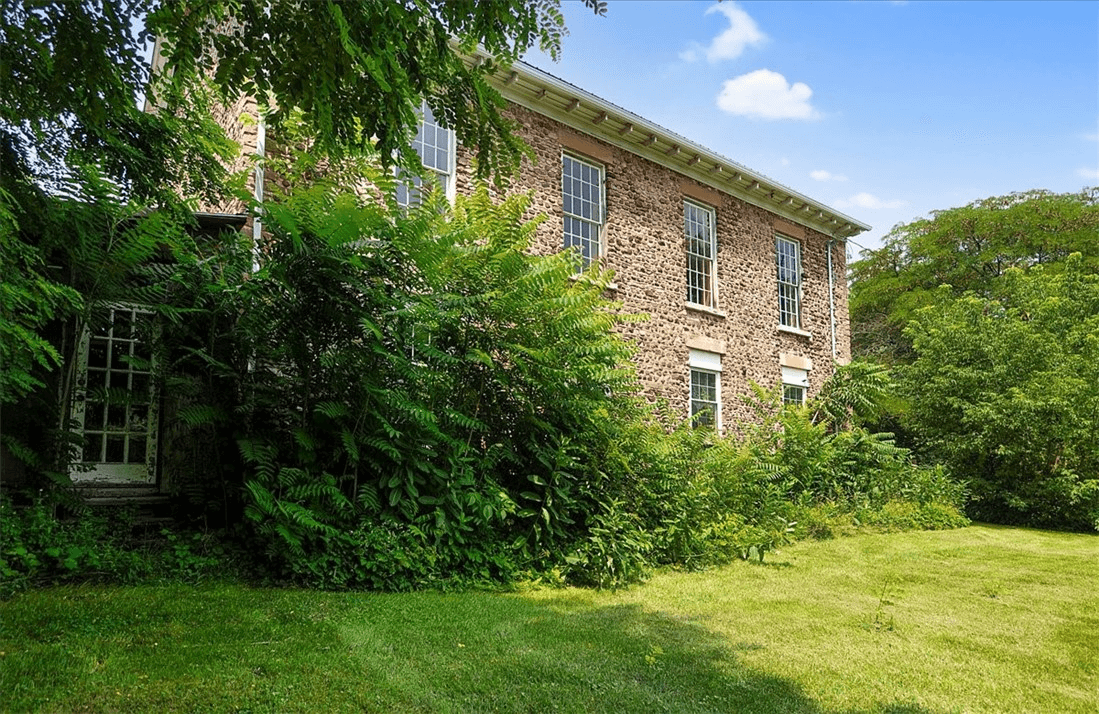
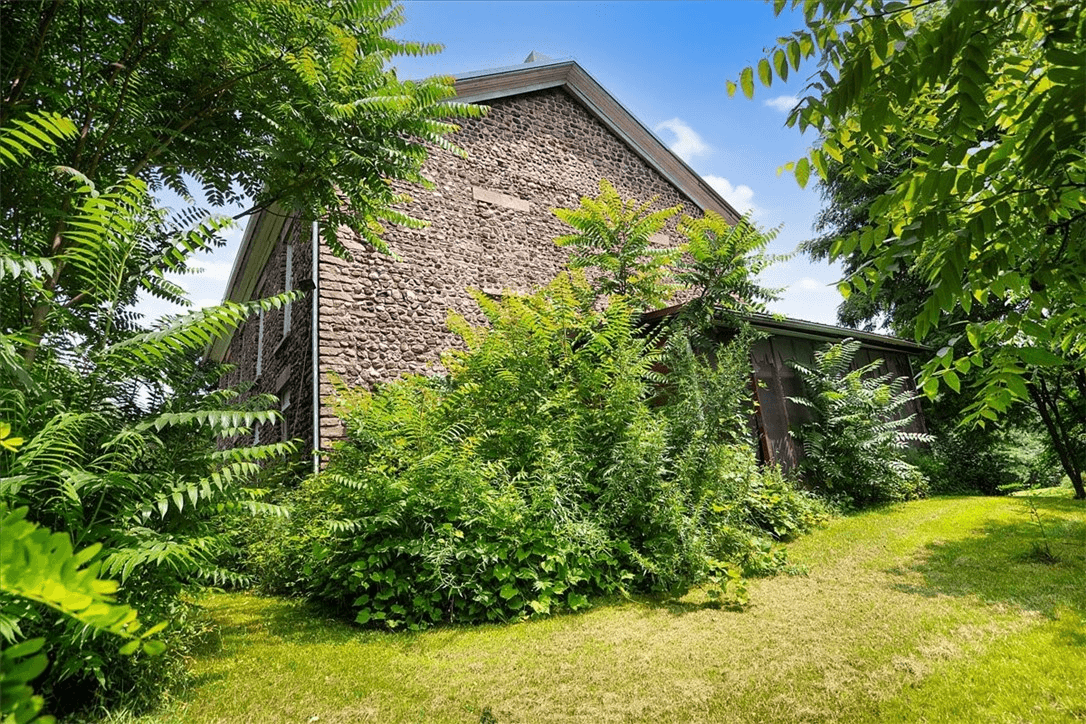
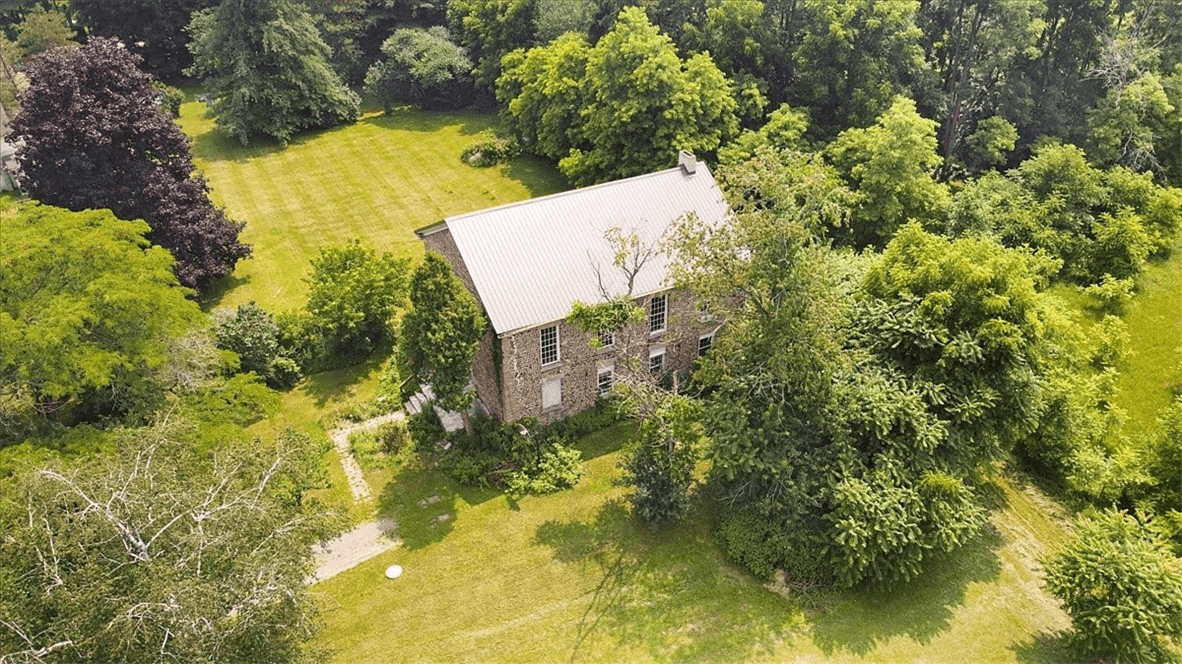

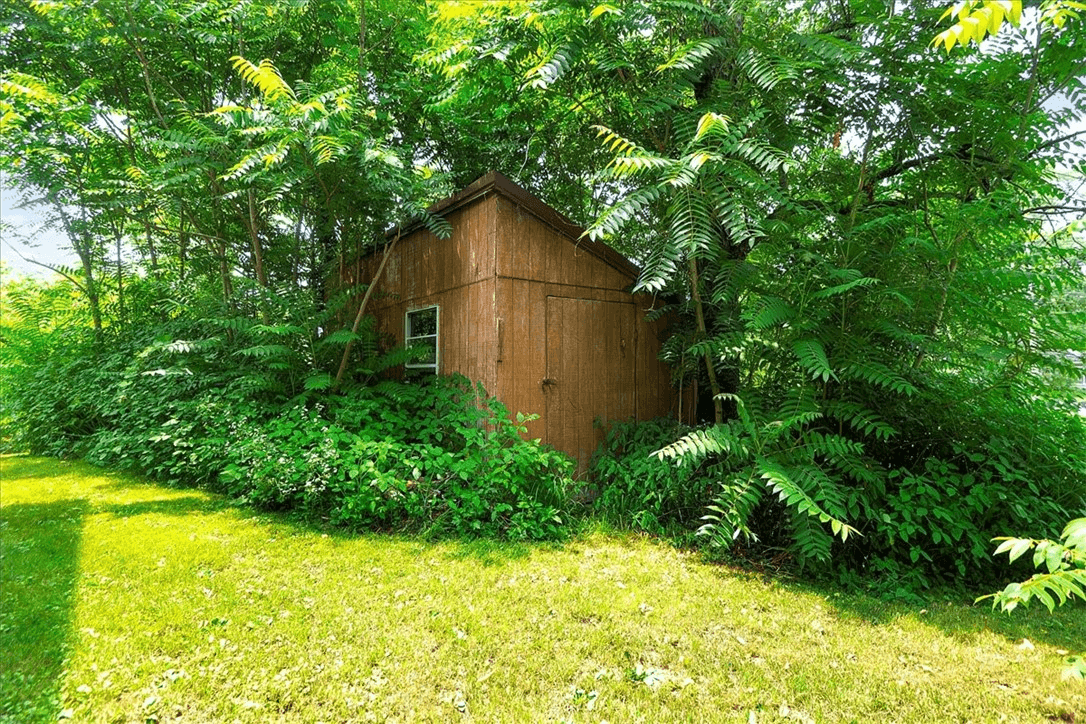

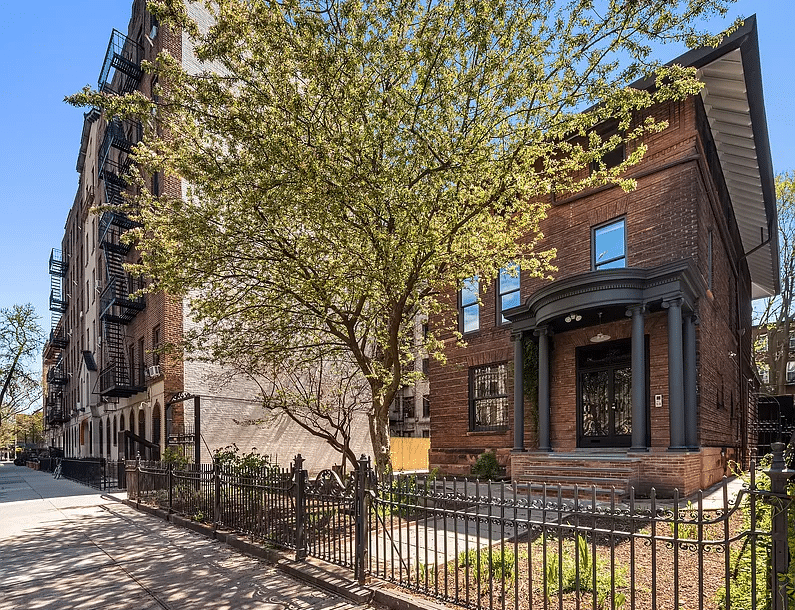
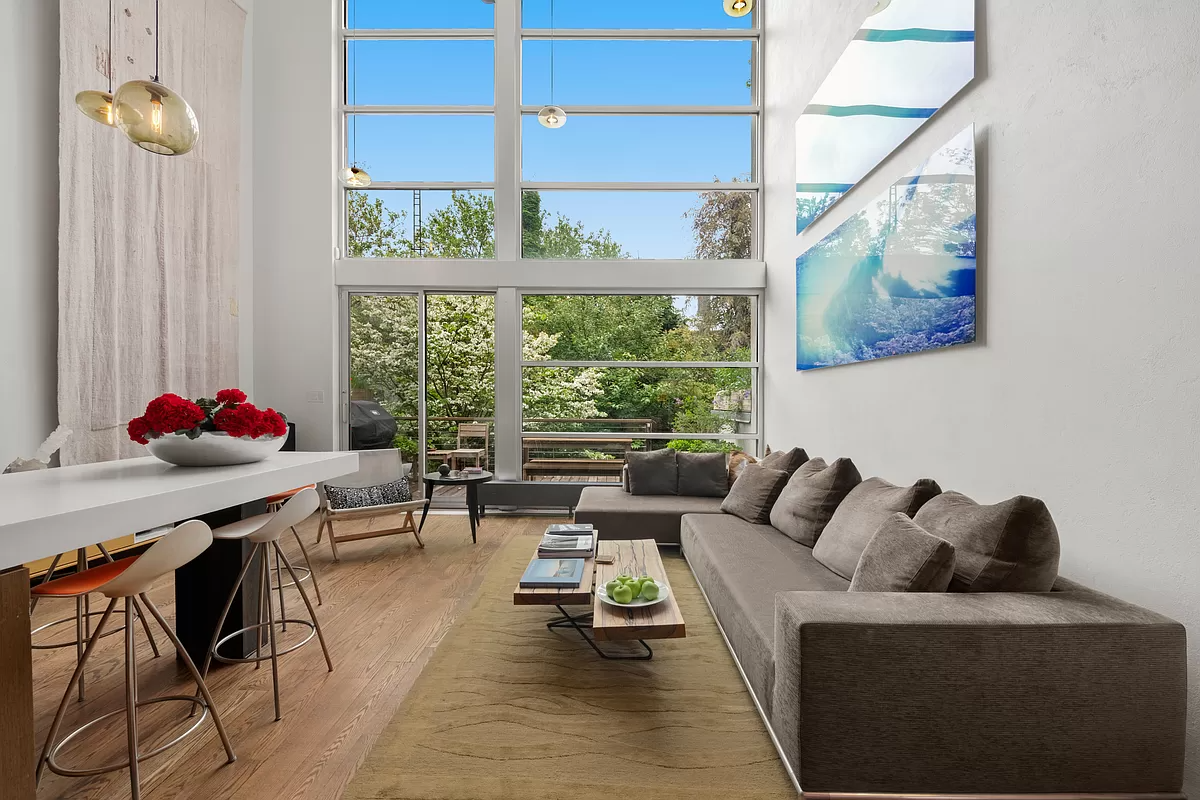
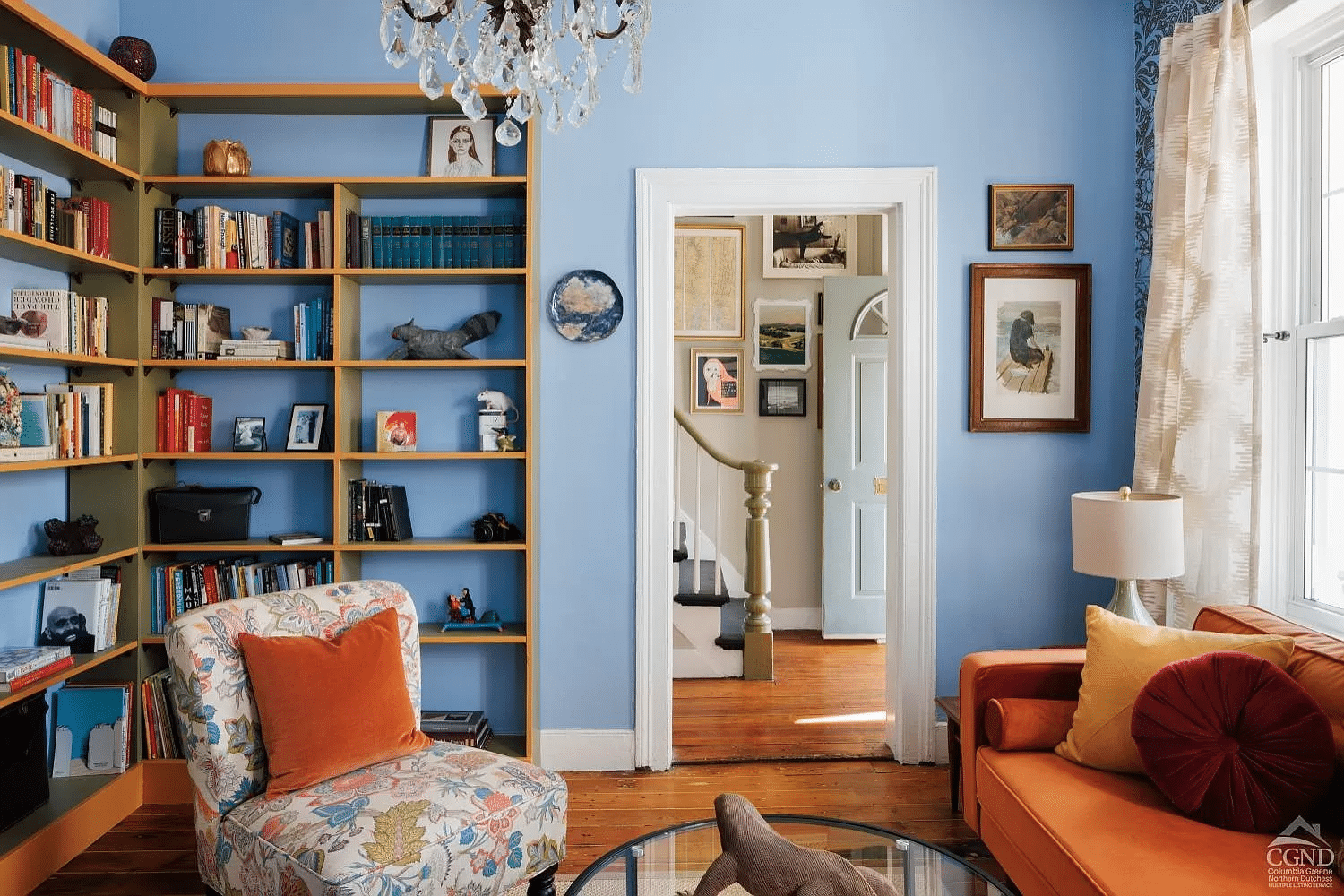




What's Your Take? Leave a Comment